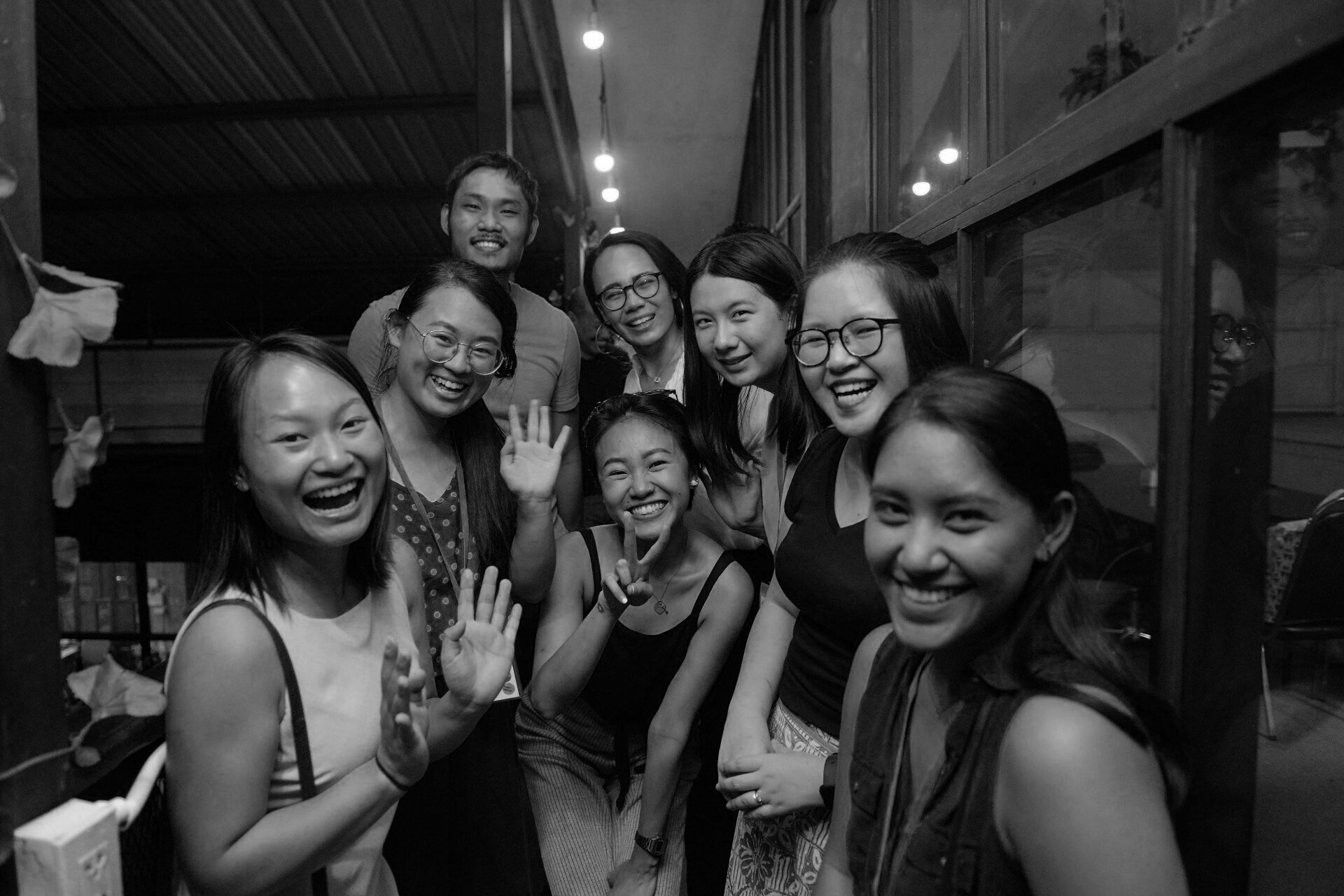
Splice stories
Read, listen, and watch our reporting on the transformation of media in Asia.
Three new episodes from Splice Pink, our podcast of quick conversations across the media ecosystem
Other ways to listen and subscribe
Let’s be neighbours: What Sebastián Auyanet is learning about building for neighbourhoods in Montevideo
In this interview, Sebastián Auyanet talks about how he rediscovered where community lives: not on platforms, but in physical spaces and rituals — pubs in Bristol, a football match outside London, a Ken Loach film about a dying mining town. Back in his hometown of Montevideo, he’s trying to recreate that feeling using a café, a chatbot, and a WhatsApp newsletter.
AI is your newest audience: The B2A(2C) design challenge
B2A2C — Business to Agent to Consumer — is the new opportunity for information design. AI is reshaping the media pipeline and translation layers are the new source of power. Here’s what media makers need to do to stay relevant in a machine-intermediated world.
Tell me what you want: why every piece of media needs a call to action
If you're not asking your audience to do something, you're not being clear. A strong call to action turns attention into action. Here's why media makers, journalists, and creators should treat the CTA as essential—not optional—in every newsletter, website, or email.
Are you a journalist? Here’s why you might already be the product designer your users need
Some of the most gifted media product designers I've ever met are journalists. The problem (and opportunity) is that most of them don't know it.
An audience of one — served at scale
We are fast entering a paradigm shift in the creation and consumption of content. Traditional episodic media is giving way to a landscape where AI-generated content is expansive, on-demand, and cheap. We've passed peak content. AI is creating a content environment of infinite supply.
Passive audio: Is it time for a new user experience?
Your loud is becoming my loud. If I want to opt out of your audio, what’s a socially acceptable user experience for both of us?
Is your About page even about you?
It isn’t just news and journalism that are dealing with trust issues. It’s news organisations themselves. A good way to rebuild that trust is to start with your website. Let's talk about your About page.
Tyler Denk of beehiiv on audience engagement and scaling newsletter readership
“What's important is understanding your audience and aligning with what they want. It's probably not another t-shirt or mug.”
Going beyond the ‘weird Japan’ narrative in reporting
“I wish there was more space to understand a culture beyond a headline, beyond what is interesting for the first five seconds,” says Japanese-American journalist Hanako Montgomery.
Reporting on Vietnam without the clichés
“Is it the journalist’s job to underscore and immortalize readers’ confirmation bias?” asks Vietnamese journalist Sen Nguyen.
Why nothing is going to change at SPH
SPH will be spinning off the media business into a not-for-profit SPH Media, leaving the original Singapore Press Holdings with no press to hold.
If you’re only reporting on politics, you’re missing a chance to tell a wider story.
“There’s a need to tell the stories that are helpful for people to make decisions. And you're not doing that when you’re only reporting about politics,” says Ramesh Bhushal.
How New Naratif reframed its pitch to members
A lesson in the importance of asking your community what they want from you
Pack up the parachutes. It’s time to rethink the work of foreign correspondents.
The practice of dispatching white reporters to “exotic” climes to report on the natives has always been problematic, but now there’s no excuse.
This former Philippine legislator combines law, journalism, and activism in his fight for human rights.
My experience as a former legislator allowed me to have a better grasp of the dynamics in mainstream politics, says Mong Palatino.
We aren’t getting enough journalists from different socioeconomic backgrounds. This is what we need to do.
Stories are going unreported, underreported or superficially reported all because we’ve stopped seeing them.
Getting Taiwan on the news map isn’t easy when editors only care about China.
International media needs to go beyond boilerplate concepts of Taiwan.
Facebook’s ban on news is a damning view of Australia’s media industry.
Sorry Australia, you’re getting the media you deserve.
Lakshmi Chaudhry’s Splainer is re-imagining what it means to build a direct relationship with an audience
The serial media entrepreneur is testing a space for constructive and empathetic journalism in the middle of a pandemic.
From direct-to-consumer to direct-to-believers
“Your competition isn’t limited to other organizations that also do news. Your competition is what your true believer spends her time doing instead of reading your Very Important Article.”
































